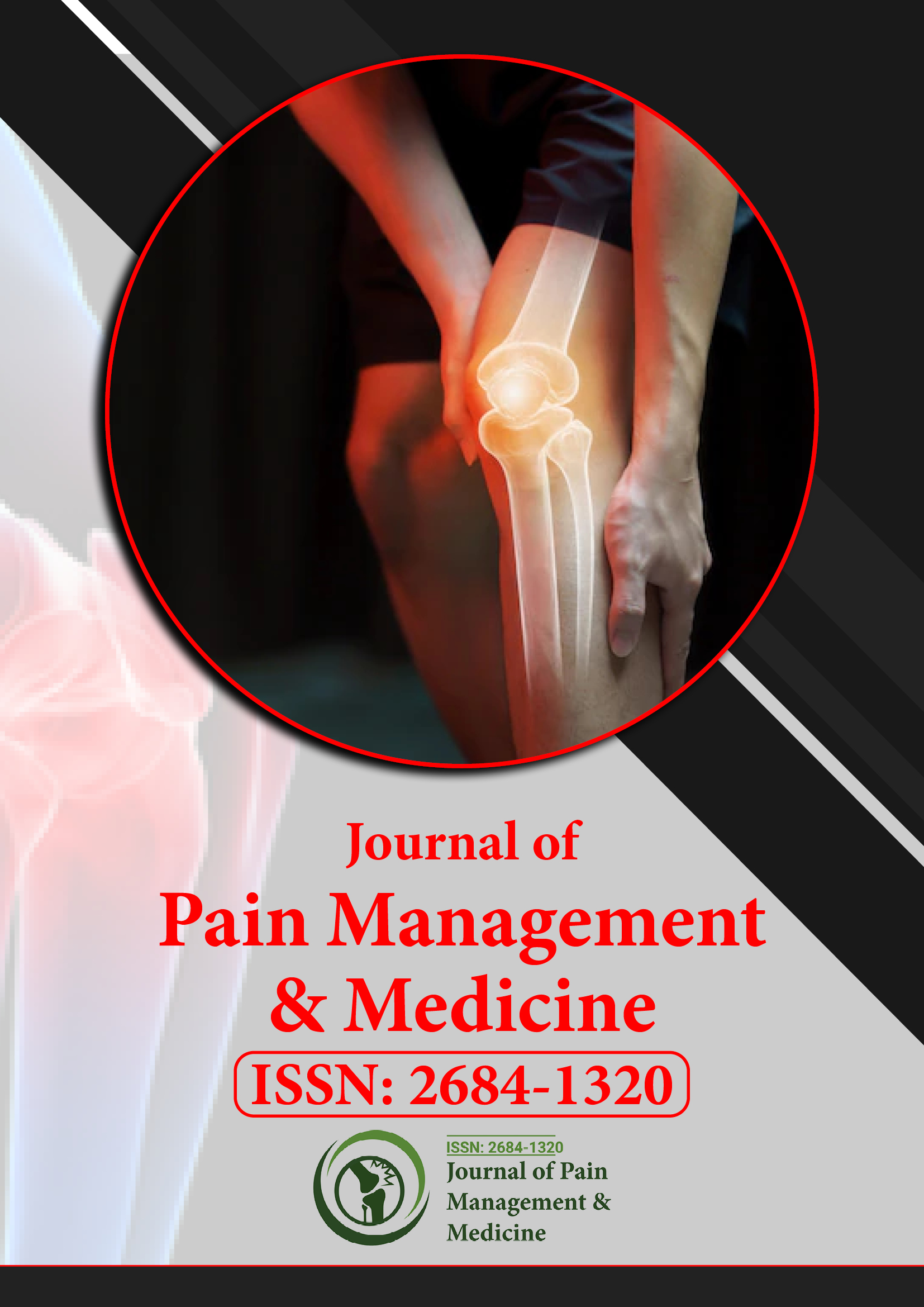Indexé dans
- RechercheRef
- Université Hamdard
- EBSCO AZ
- Publions
- Pub européen
- Google Scholar
- Marché en libre accès de qualité
Liens utiles
Partager cette page
Dépliant de journal

Revues en libre accès
- Agriculture et aquaculture
- Alimentation et nutrition
- Biochimie
- Bioinformatique et biologie des systèmes
- Business & Management
- Chimie
- Génétique et biologie moléculaire
- Immunologie & Microbiologie
- Ingénierie
- La science des matériaux
- Neurosciences & Psychologie
- Science générale
- Sciences cliniques
- Sciences environnementales
- Sciences médicales
- Sciences pharmaceutiques
- Sciences vétérinaires
- Soins infirmiers et soins de santé
Abstrait
Connaissances en matière d'évaluation et de gestion de la douleur pédiatrique chez les médecins urgentistes pédiatriques en Arabie saoudite : une étude quantitative transversale
Ahmad Khobrani, Ahmad AAL-Ibrahim, Muna Aljahany, Haya Hamdan Al-Anazi, Malak Mohammed Al-Shabi, Ghuzlan Ahmed Zubaidi
Objectif : Le but de cette étude est d’obtenir un aperçu des connaissances et de l’attitude des médecins travaillant au service des urgences pédiatriques à l’égard de l’évaluation et de la gestion de la douleur.
Méthodologie : Une étude transversale basée sur un sondage a été réalisée. Les questions du questionnaire ont été structurées en trois domaines : données démographiques et relatives à la pratique, connaissances et attitudes des participants et croyances à l'égard de l'évaluation de la douleur pédiatrique. Les résultats ont été rapportés pour l'ensemble de l'échantillon et comparés entre quatre catégories professionnelles (résidents, boursiers, spécialistes et consultants).
Résultats : Les réponses de 83 médecins ont été analysées. La connaissance des outils/échelles d'évaluation de la douleur pédiatrique était significativement plus faible chez les résidents (76,0 %) que chez les autres catégories professionnelles (90,0-100,0 %). Les réponses correctes les plus fréquentes concernaient les symptômes de sevrage suite à l'interruption soudaine des opioïdes (85,5 %). À l'inverse, les erreurs les plus fréquentes concernaient la présence d'une limite de dosage maximale pour la morphine au-delà de laquelle aucun soulagement supplémentaire de la douleur ne pouvait être obtenu (70,9 %). La plupart des participants avaient des croyances correctes concernant l'importance des auto-évaluations des patients pour juger avec précision de l'intensité de la douleur (95,0 %) sans différences significatives entre les groupes professionnels. Cependant, la majorité des participants (67,5 %) ont cru à tort que l'estimation de la douleur par une infirmière était une mesure valide et comparable pour l'évaluation de la douleur à l'auto-évaluation du patient. Les résidents avaient le pourcentage le plus élevé de réponses incorrectes (91,3 %), ce qui était significativement plus élevé que les autres catégories professionnelles (p = 0,012).
Conclusion : Les médecins ont un bon niveau de connaissances, mais il est nécessaire de mettre en place des cours d’éducation et de sensibilisation. Il convient de souligner le recours à des directives formelles pour la prise en charge de la douleur.